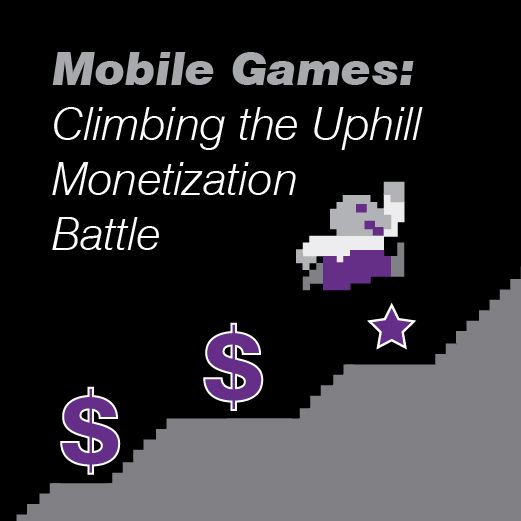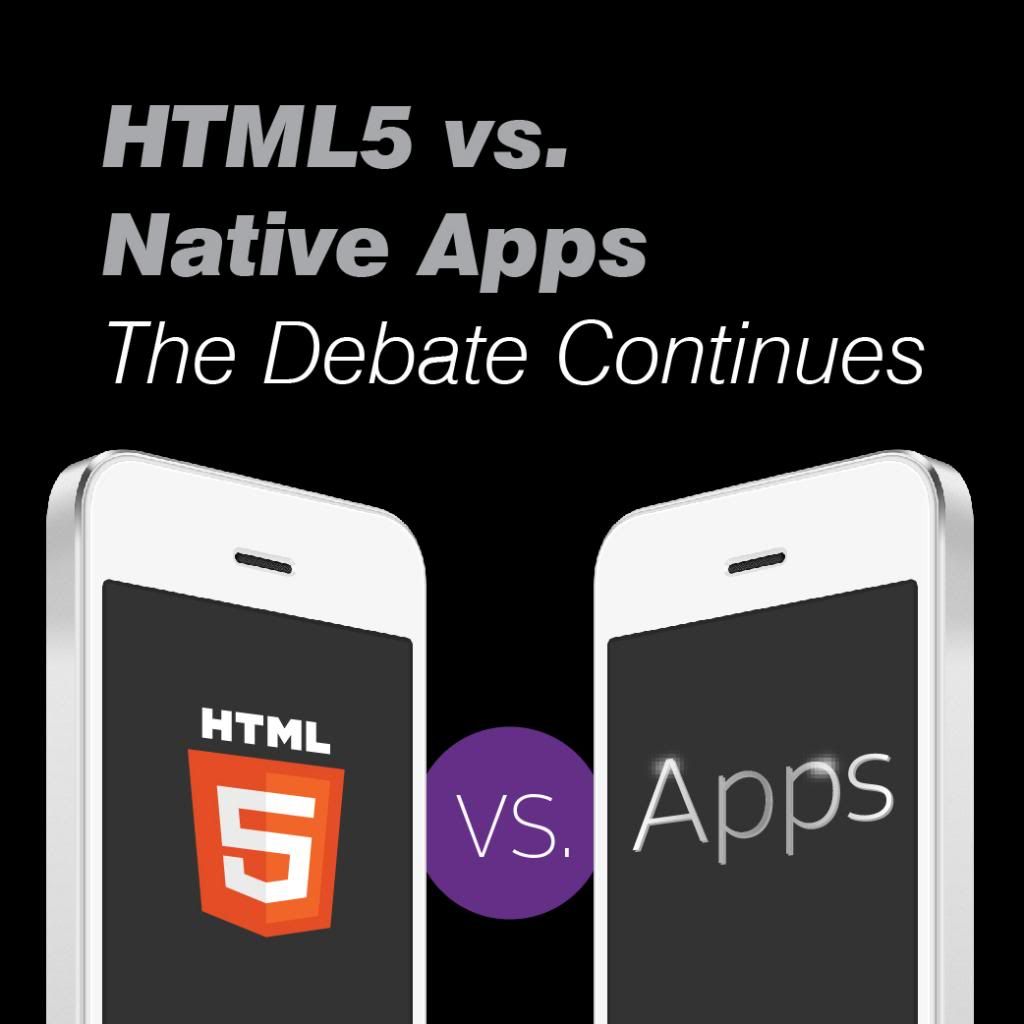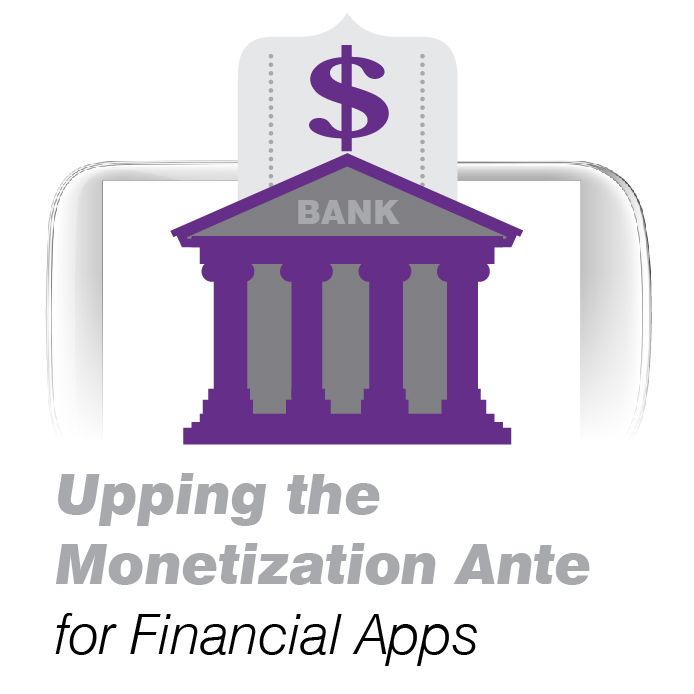By Tim Cronin
Android tablets are finally overtaking the iPad in market
share this quarter. In fact, analysts
at IDC estimate that iPad shipments will fall below 40 percent market share
for the first time. The steep dip for Apple also means a sharp rise for
Android, with its tablets expected to have a 20 percent lead over their
competitor. As more Android tablets are shipped out, new users will be looking
to download and use even more tablet apps to make their lives more convenient,
more productive and entertaining. With over 800,000 apps available
on Android devices, here are five Android
tablet apps we just won’t leave home without.
CamScanner
Android tablets tend to be 7 or 10 inches, and that size can sometimes make it awkward to take a lot of pictures without fumbling or dropping the not-so-cheap tablets. CamScanner is an app that takes advantage of tablets’ size by turning the camera into a document scanner with available cloud storage. CamScanner is not only essential to easily digitize important documents on the go, but it has a great monetization strategy. Users can either opt for the free, ad-supported app or spend a little extra for the monthly or annual subscription for the Premium version with more storage and unbeatable features. Not only does this approach allow CamScanner to monetize on both its free and paid users, they have also made sure their paid-for extra features are really worth the extra price for their customer base.
Android tablets tend to be 7 or 10 inches, and that size can sometimes make it awkward to take a lot of pictures without fumbling or dropping the not-so-cheap tablets. CamScanner is an app that takes advantage of tablets’ size by turning the camera into a document scanner with available cloud storage. CamScanner is not only essential to easily digitize important documents on the go, but it has a great monetization strategy. Users can either opt for the free, ad-supported app or spend a little extra for the monthly or annual subscription for the Premium version with more storage and unbeatable features. Not only does this approach allow CamScanner to monetize on both its free and paid users, they have also made sure their paid-for extra features are really worth the extra price for their customer base.
Zinio
Content consumption is increasingly becoming mobile-first with consumers, and that includes magazines and news. Zinio is an app that replicates the real-life experience of reading a newspaper or magazine. While Zinio will suggest free articles to its readers, it also allows users to purchase digital subscriptions to some of their favorite magazines, with more magazines being added to the newsstand all the time. Monetizing through publishing partners, Zinio manages to bring savings to the consumer while helping magazine publishers branch out into the tablet format.
Content consumption is increasingly becoming mobile-first with consumers, and that includes magazines and news. Zinio is an app that replicates the real-life experience of reading a newspaper or magazine. While Zinio will suggest free articles to its readers, it also allows users to purchase digital subscriptions to some of their favorite magazines, with more magazines being added to the newsstand all the time. Monetizing through publishing partners, Zinio manages to bring savings to the consumer while helping magazine publishers branch out into the tablet format.
Tablified
While more and more Android tablet apps are being published every day, the Android market has yet to provide a way to easily find and filter out apps just for the larger devices. Tablified takes care of that, showing its users apps that have truly been optimized for the tablet experience. Tablified uses an ad-supported model for its free app, but they just recently took their Pro version out of the marketplace. It will be interesting to see if Tablified will relaunch a new Pro version with more features than simply removing ads altogether.
While more and more Android tablet apps are being published every day, the Android market has yet to provide a way to easily find and filter out apps just for the larger devices. Tablified takes care of that, showing its users apps that have truly been optimized for the tablet experience. Tablified uses an ad-supported model for its free app, but they just recently took their Pro version out of the marketplace. It will be interesting to see if Tablified will relaunch a new Pro version with more features than simply removing ads altogether.
TuneIn Radio
Android users can really take advantage of their built-in radio tuners with the help of TuneIn Radio. The app lets users stream over 70,000 live radio stations from all over the globe and gives them access to millions of podcasts and concerts. While TuneIn offers a free version, its Pro version (available with a one-time fee) is what really has users raving. The Pro version allows listeners to pause and record live radio, adding a layer of functionality that heavy listeners just won’t be able to live without.
Android users can really take advantage of their built-in radio tuners with the help of TuneIn Radio. The app lets users stream over 70,000 live radio stations from all over the globe and gives them access to millions of podcasts and concerts. While TuneIn offers a free version, its Pro version (available with a one-time fee) is what really has users raving. The Pro version allows listeners to pause and record live radio, adding a layer of functionality that heavy listeners just won’t be able to live without.
TeamViewer
Accessing your desktop or laptop via tablet has never been easier with TeamViewer. The computer client works on Mac, PC, or Linux and the secure connection allows users to edit files, remotely run software, or even transfer files between the two connected devices. While free for personal use, TeamViewer is really built for big business, with one-time fees that are built for different business levels. TeamViewer is a great example of an app that caters right to its core customer group, providing features and user allowances that fit different business levels.
Accessing your desktop or laptop via tablet has never been easier with TeamViewer. The computer client works on Mac, PC, or Linux and the secure connection allows users to edit files, remotely run software, or even transfer files between the two connected devices. While free for personal use, TeamViewer is really built for big business, with one-time fees that are built for different business levels. TeamViewer is a great example of an app that caters right to its core customer group, providing features and user allowances that fit different business levels.





